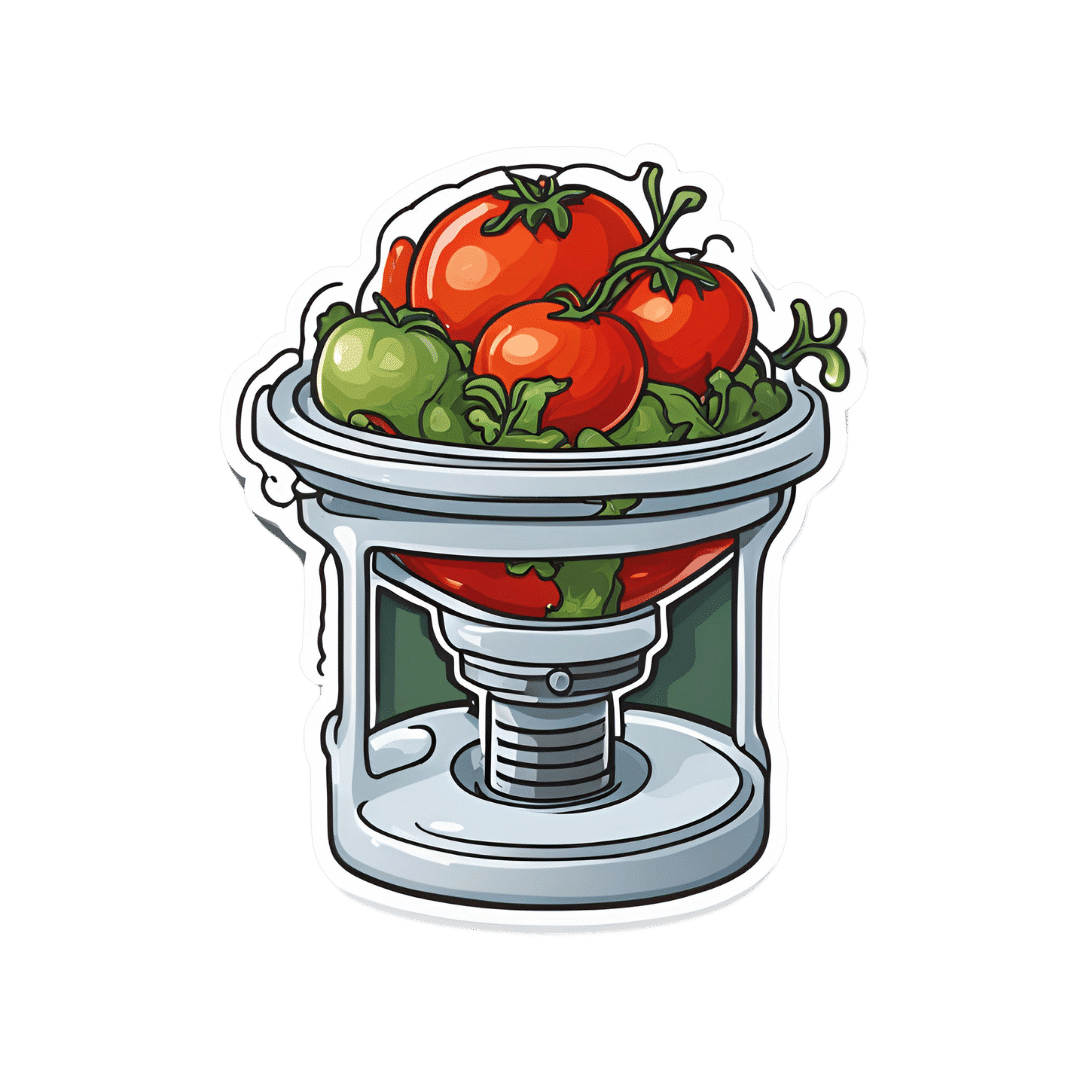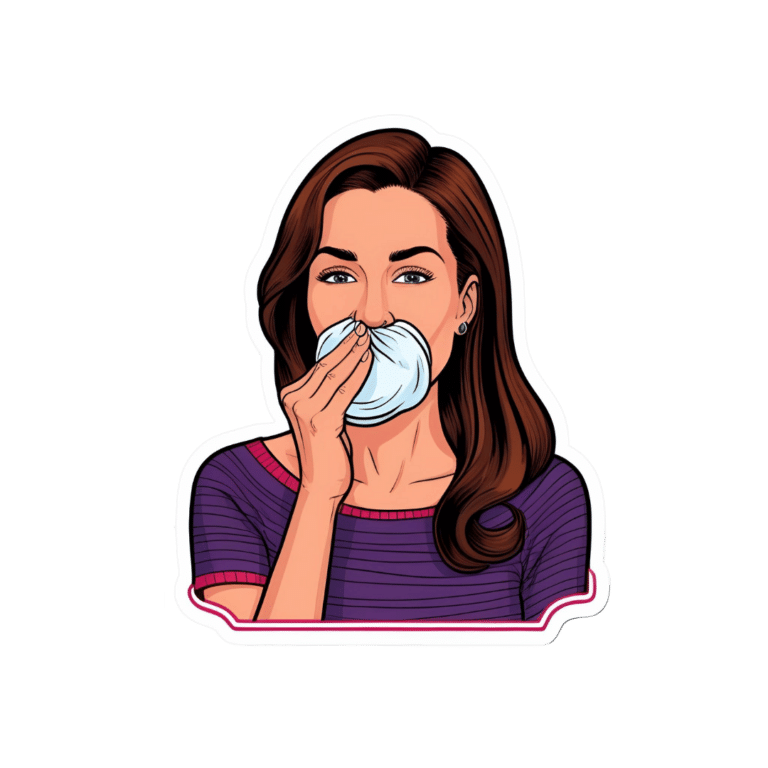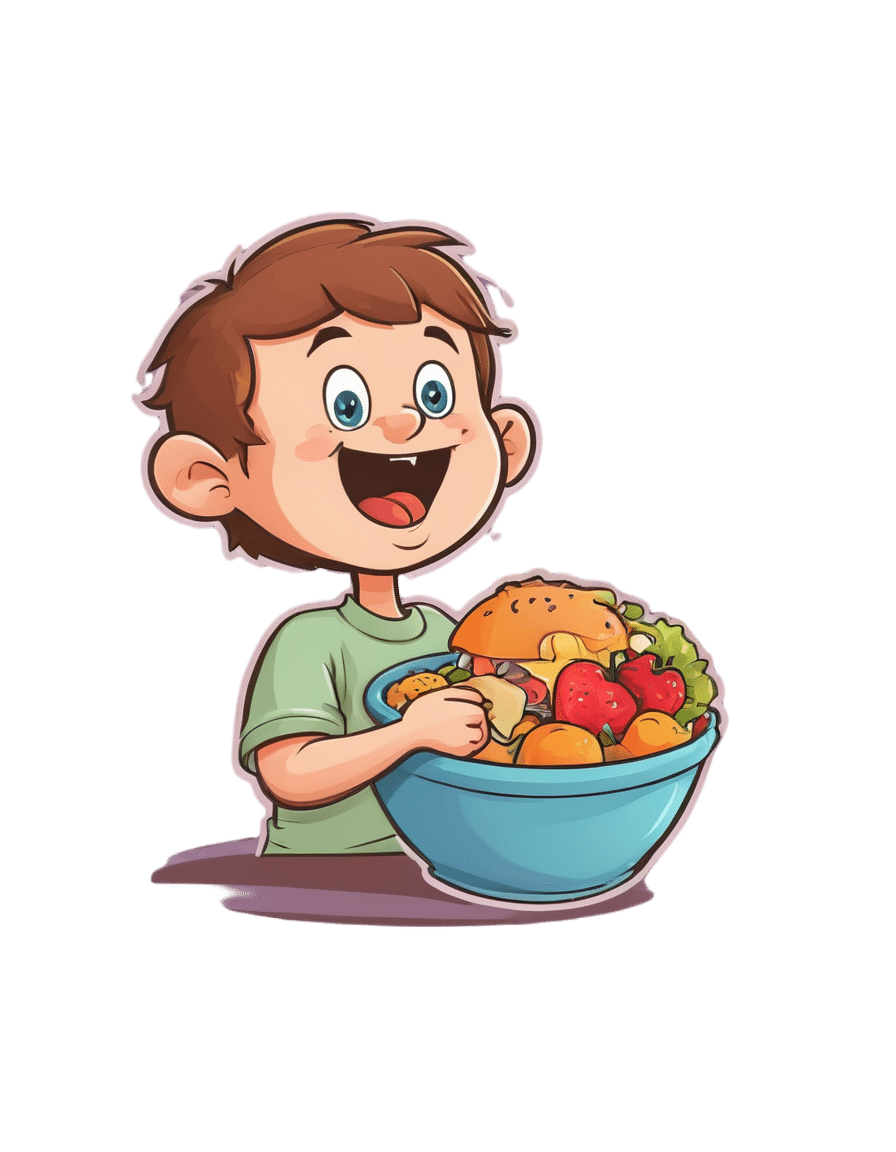
Mediterranean Diet… In A Pill?
10almonds is reader-supported. We may, at no cost to you, receive a portion of sales if you purchase a product through a link in this article.
Does It Come In A Pill?
For any as yet unfamiliar with the Mediterranean diet, you may be wondering what it involves, beyond a general expectation that it’s a diet popularly enjoyed in the Mediterranean. What image comes to mind?
We’re willing to bet that tomatoes feature (great source of lycopene, by the way, and if you’re not getting lycopene, you’re missing out), but what else?
- Salads, perhaps? Vegetables, olives? Olive oil, yea or nay?
- Bread? Pasta? Prosciutto, salami? Cheese?
- Pizza but only if it’s Romana style, not Chicago?
- Pan-seared liver, with some fava beans and a nice Chianti?
In fact, the Mediterranean diet is quite clear on all these questions, so to read about these and more (including a “this yes, that no” list), see:
What Is The Mediterranean Diet, And What Is It Good For?
So, how do we get that in a pill?
A plucky band of researchers, Dr. Chiara de Lucia et al. (quite a lot of “et al.”; nine listed authors on the study), wondered to what extent the benefits of the Mediterranean diet come from the fact that the Mediterranean diet is very rich in polyphenols, and set about testing that, by putting the same polyphenols in capsule form, and running a randomized, double-blind, placebo-controlled, crossover clinical intervention trial.
Now, polyphenols are not the only reason the Mediterranean diet is great; there are also other considerations, such as:
- a great macronutrient balance with lots of fiber, healthy fats, moderate carbs, and protein from select sources
- the absence or at least very low presence of a lot of harmful substances such as refined seed oils, added sugars, refined carbohydrates, and the like (“but pasta” yes pasta; in moderation and wholegrain and served with extra sources of fiber and healthy fats, all of which slow down the absorption of the carbs)
…but polyphenols are admittedly very important too; we wrote about some common aspects of them here:
Tasty Polyphenols: Enjoy Bitter Foods For Your Heart & Brain
As for what Dr. de Lucia et al. put into the capsule, behold…
The ingredients:
- Apple Extract 10.0%
- Pomegranate Extract 10.0%
- Tomato Powder 2.5%
- Beet, Spray Dried 2.5%
- Olive Extract 7.5%
- Rosemary Extract 7.5%
- Green Coffee Bean Extract (CA) 7.5%
- Kale, Freeze Dried 2.5%
- Onion Extract 10.0%
- Ginger Extract 10.0%
- Grapefruit Extract 2.5%
- Carrot, Air Dried 2.5%
- Grape Skin Extract 17.5%
- Blueberry Extract 2.5%
- Currant, Freeze Dried 2.5%
- Elderberry, Freeze Dried 2.5%
And the relevant phytochemicals they contain:
- Quercetin
- Luteolin
- Catechins
- Punicalagins
- Phloretin
- Ellagic Acid
- Naringin
- Apigenin
- Isorhamnetin
- Chlorogenic Acids
- Rosmarinic Acid
- Anthocyanins
- Kaempferol
- Proanthocyanidins
- Myricetin
- Betanin
And what, you may wonder, did they find? Well, first let’s briefly summarise the setup of the study:
They took volunteers (n=30), average age 67, BMI >25, without serious health complaints, not taking other supplements, not vegetarian or vegan, not consuming >5 cups of coffee per day, and various other stipulations like that, to create a fairly homogenous study group who were expected to respond well to the intervention. In contrast, someone who takes antioxidant supplements, already eats many different color plants per day, and drinks 10 cups of coffee, probably already has a lot of antioxidant activity going on, and someone with a lower BMI will generally have lower resting levels of inflammatory markers, so it’s harder to see a change, proportionally.
About those inflammatory markers: that’s what they were testing, to see whether the intervention “worked”; essentially, did the levels of inflammatory markers go up or down (up is bad; down is good).
For more on inflammation, by the way, see:
How to Prevent (or Reduce) Inflammation
…which also explains what it actually is, and some important nuances about it.
Back to the study…
They gave half the participants the supplement for a week and the other half placebo; had a week’s gap as a “washout”, then repeated it, switching the groups, taking blood samples before and after each stage.
What they found:
The group taking the supplement had lower inflammatory markers after a week of taking it, while the group taking the placebo had relatively higher inflammatory markers after a week of taking it; this trend was preserved across both groups (i.e., when they switched roles for the second half).
The results were very significant (p=0.01 or thereabouts), and yet at the same time, quite modest (i.e. the supplement made a very reliable, very small difference), probably because of the small dose (150mg) and small intervention period (1 week).
What the researchers concluded from this
The researchers concluded that this was a success; the study had been primarily to provide proof of principle, not to rock the world. Now they want the experiment to be repeated with larger sample sizes, greater heterogeneity, larger doses, and longer intervention periods.
This is all very reasonable and good science.
What we conclude from this
That ingredients list makes for a good shopping list!
Well, not the extracts they listed, necessarily, but rather those actual fruits, vegetables, etc.
If nine top scientists (anti-aging specialists, neurobiologists, pharmacologists, and at least one professor of applied statistics) came to the conclusion that to get the absolute most bang-for-buck possible, those are the plants to get the phytochemicals from, then we’re not going to ignore that.
So, take another list above and ask yourself: how many of those 16 foods do you eat regularly, and could you work the others in?
Want to make your Mediterranean diet even better?
While the Mediterranean diet is a top-tier catch-all, it can be tweaked for specific areas of health, for example giving it an extra focus on heart health, or brain health, or being anti-inflammatory, or being especially gut healthy:
Four Ways To Upgrade The Mediterranean
Enjoy!
Don’t Forget…
Did you arrive here from our newsletter? Don’t forget to return to the email to continue learning!
Recommended
Learn to Age Gracefully
Join the 98k+ American women taking control of their health & aging with our 100% free (and fun!) daily emails:
-
How To Avoid Self-Hatred & Learn To Love Oneself More
10almonds is reader-supported. We may, at no cost to you, receive a portion of sales if you purchase a product through a link in this article.
Alain de Botton gives a compassionate, but realistic, explanation in this video:
The enemy within
Or rather, the collaborator within. Because there’s usually first an enemy without—those who are critical of us, who consider that we are bad people in some fashion, and may indeed get quite colorful in their expressions of this.
Sometimes, their words will bounce straight off us; sometimes, their words will stick. So what’s the difference, and can we do anything about it?
The difference is: when their words stick, it’s usually because on some level we believe their words may be true. That doesn’t mean they necessarily are true!
They could be (and it would be a special kind of hubris to assume no detractor could ever find a valid criticism of us), but very often the reason we have that belief, or at least that fear/insecurity, is simply because it was taught to us at an early age, often by harsh words/actions of those around us; perhaps our parents, perhaps our schoolteachers, perhaps our classmates, and so forth.
The problem—and solution—is that we learn emotions much the same way that we learn language; only in part by reasoned thought, and rather for the most part, by immersion and repetition.
It can take a lot of conscious self-talk to undo the harm of decades of unconscious self-talk based on what was probably a few years of external criticisms when we were small and very impressionable… But, having missed the opportunity to start fixing this sooner, the next best time to do it is now.
We cannot, of course, simply do what a kind friend might do and expect any better results; if a kind friend tells us something nice that we do not believe is true, then however much they mean it, we’re not going to internalize it. So instead, we must simply chip away at those unhelpful longstanding counterproductive beliefs, and simply build up the habit of viewing ourselves in a kinder light.
For more on all this, enjoy:
Click Here If The Embedded Video Doesn’t Load Automatically!
Want to learn more?
You might also like to read:
- Escape From The Clutches Of Shame
- To Err Is Human; To Forgive, Healthy
- How To Get Your Brain On A More Positive Track (Without Toxic Positivity)
Take care!
Share This Post
-
10 Tips for Better Sleep: Starting In The Morning
10almonds is reader-supported. We may, at no cost to you, receive a portion of sales if you purchase a product through a link in this article.
Dr. Siobhan Deshauer advises:
Checklist
You’ll probably have heard similar advice before (including from us), but it’s always good to do a quick rundown and check which ones you are actually doing, as opposed to merely know you should be doing:
- Wake up at the same time every day, including weekends, to maintain a consistent sleep schedule and avoid “social jet lag.”
- Expose yourself to bright light in the morning, either sunlight or light therapy, to regulate your circadian rhythm and melatonin production.
- Avoid caffeine late in the day to maintain natural sleep pressure, experimenting with a cutoff time based on your sensitivity (e.g. 6–10 hours before bedtime)*.
- Limit naps to under 30 minutes and take them early in the afternoon to avoid disrupting sleep pressure.
- Exercise regularly but avoid strenuous activity 2 hours before bed. Optimal exercise time is 4–6 hours before bedtime.
- Avoid alcohol, as it disrupts sleep quality and may worsen conditions like sleep apnea. If drinking, have your last drink early in the evening—but honestly, it’s better to not drink at all.
- Establish a wind-down routine 1–2 hours before bed, including dimming lights and engaging in relaxing activities to signal your body to prepare for sleep.
- Keep your bedroom cool (below 68°F/20°C) and ensure your hands and feet stay warm to aid in natural body temperature regulation.
- Limit device use before bed. If unavoidable, reduce blue light exposure and avoid mentally stimulating content. Set boundaries, such as placing your phone out of reach.
- Ensure complete darkness in your sleeping environment using blackout curtains, covering light-emitting devices, or wearing a sleep mask.
*we imagine she picked 6–10 hours because, depending on whether you have the fast or slow caffeine metabolizer gene, the biological halflife of caffeine in your body will be around 4 or 8 hours (that’s not a range, that’s two distinct and non-overlapping options). However, if we use 4 or 8 hours depending on which gene version we have, then that will mean that 4 or 8 hours later, respectively, we’ll have half the caffeine in us that we did 4 or 8 hours ago (that’s what a halflife means). So for example if you had a double espresso that number of hours before bedtime, then congratulations, you have the caffeine of a single espresso in your body by bedtime. Which, for most people**, is not an ideal nightcap. Hence, adding on a few more hours. Again, earlier is better though, so consider limiting caffeine to the morning only.
**we say “most people”, because if you have ADHD or a similar condition, your brain’s relationship with caffeine is a bit different, and—paradoxically—stimulants can help you to relax. Do speak with your doctor though, as individual cases vary widely, and it also may make a difference depending on what relevant meds (if any) you’re on, too.
For more on all of those things, enjoy:
Click Here If The Embedded Video Doesn’t Load Automatically!
Want to learn more?
You might also like to read:
- How Regularity Of Sleep Can Be Even More Important Than Duration ← here’s why you should still get up at the same regular (and ideally, early) hour, even if you didn’t sleep well
- Early Bird Or Night Owl? Genes vs Environment ← and here’s why that regular hour should ideally be early, even if it’s not your genetic predisposition to be a “morning lark”; see also the study linked there that mentions “Gene distinguishes early birds from night owls and helps predict time of death”
Take care!
Share This Post
-
Apples vs Figs – Which is Healthier?
10almonds is reader-supported. We may, at no cost to you, receive a portion of sales if you purchase a product through a link in this article.
Our Verdict
When comparing apples to figs, we picked the figs.
Why?
These two fruits are both known for being quite rich in sugar (but also rich in fiber, which offsets it metabolically), and indeed their macros are quite similar. That said, figs have slightly more protein, fiber, and carbs. Both are considered low glycemic index foods. We can consider this category a tie, or perhaps a nominal win for apples, whose glycemic index is the lower of the two. But since figs’ GI is also low, it’s really not a deciding factor.
In terms of vitamins, apples have more of vitamins C and E, while figs have more of vitamins A, B1, B2, B3, B5, B6, B9, and choline, with noteworthy margins of difference. A clear for figs here.
When it comes to minerals, apples are not higher in any minerals, while figs are several times higher in calcium, copper, iron, magnesium, manganese, phosphorus, potassium, selenium, and zinc. An overwhelming win for figs.
Of course, enjoy either or both, but if you want nutritional density, apples simply cannot compete with figs.
Want to learn more?
You might like to read:
Which Sugars Are Healthier, And Which Are Just The Same?
Take care!
Share This Post
Related Posts
-
Spinach vs Chard – Which is Healthier?
10almonds is reader-supported. We may, at no cost to you, receive a portion of sales if you purchase a product through a link in this article.
Our Verdict
When comparing spinach to chard, we picked the spinach.
Why?
In terms of macros, spinach has slightly more fiber and protein, while chard has slightly more carbs. Now, those carbs are fine; nobody is getting metabolic disease from eating greens. But, by the numbers, this is a clear, albeit marginal, win for spinach.
In the category of vitamins, spinach has more of vitamins A, B1, B2, B3, B5, B6, B9, E, and K, while chard has more of vitamins C and choline. An even clearer victory for spinach this time.
When it comes to minerals, spinach has more calcium, copper, iron, magnesium, manganese, phosphorus, selenium, and zinc, while chard has more potassium. Once again, a clear win for spinach.
You may be wondering about oxalates, in which spinach is famously high. However, chard is nearly 2x higher in oxalates. In practical terms, this doesn’t mean too much for most people. If you have kidney problems or a family history of such, it is recommended to avoid oxalates. For everyone else, the only downside is that oxalates diminish calcium bioavailability, which is a pity, as spinach is (by the numbers) a good source of calcium.
However, oxalates are broken down by heat, so this means that cooked spinach (lightly steamed is fine; you don’t need to do anything drastic) will be much lower in oxalates (if you have kidney problems, do still check with your doctor/dietician, though).
All in all, spinach beats chard by most metrics, and by a fair margin. Still, enjoy either or both, unless you have kidney problems, in which case maybe go for kale or collard greens instead!
Want to learn more?
You might like to read:
Make Your Vegetables Work Better Nutritionally ← includes a note on breaking down oxalates, and lots of other information besides!
Enjoy!
Don’t Forget…
Did you arrive here from our newsletter? Don’t forget to return to the email to continue learning!
Learn to Age Gracefully
Join the 98k+ American women taking control of their health & aging with our 100% free (and fun!) daily emails:
-
Eating Disorders: More Varied (And Prevalent) Than People Think
10almonds is reader-supported. We may, at no cost to you, receive a portion of sales if you purchase a product through a link in this article.
Disordered Eating Beyond The Stereotypes
Around 10% of Americans* have (or have had) an eating disorder. That might not seem like a high percentage, but that’s one in ten; do you know 10 people? If so, it might be a topic that’s near to you.
*Source: Social and economic cost of eating disorders in the United States of Americ
Our hope is that even if you yourself have never had such a problem in your life, today’s article will help arm you with knowledge. You never know who in your life might need your support.
Very misunderstood
Eating disorders are so widely misunderstood in so many ways that we nearly made this a Friday Mythbusting edition—but we preface those with a poll that we hope to be at least somewhat polarizing or provide a spectrum of belief. In this case, meanwhile, there’s a whole cluster of myths that cannot be summed up in one question. So, here we are doing a Psychology Sunday edition instead.
“Eating disorders aren’t that important”
Eating disorders are the second most deadly category of mental illness, second only to opioid addiction.
Anorexia specifically has the highest case mortality rate of any mental illness:
Source: National Association of Anorexia Nervosa & Associated Disorders: Eating Disorder Statistics
So please, if someone needs help with an eating disorder (including if it’s you), help them.
“Eating disorders are for angsty rebellious teens”
While there’s often an element of “this is the one thing I can control” to some eating disorders (including anorexia and bulimia), eating disorders very often present in early middle-age, very often amongst busy career-driven individuals using it as a coping mechanism to have a feeling of control in their hectic lives.
13% of women over 50 report current core eating disorder symptoms, and that is probably underreported.
Source: as above; scroll to near the bottom!
“Eating disorders are a female thing”
Nope. Officially, men represent around 25% of people diagnosed with eating disorders, but women are 5x more likely to get diagnosed, so you can do the math there. Women are also 1.5% more likely to receive treatment for it.
By the time men do get diagnosed, they’ve often done a lot more damage to their bodies because they, as well as other people, have overlooked the possibility of their eating being disordered, due to the stereotype of it being a female thing.
Source: as above again!
“Eating disorders are about body image”
They can be, but that’s far from the only kind!
Some can be about control of diet, not just for the sake of controlling one’s body, but purely for the sake of controlling the diet itself.
Still yet others can be not about body image or control, like “Avoidant/Restrictive Food Intake Disorder”, which in lay terms sometimes gets dismissed as “being a picky eater” or simply “losing one’s appetite”, but can be serious.
For example, a common presentation of the latter might be a person who is racked with guilt and/or anxiety, and simply stops eating, because either they don’t feel they deserve it, or “how can I eat at a time like this, when…?” but the time is an ongoing thing so their impromptu fast is too.
Still yet even more others might be about trying to regulate emotions by (in essence) self-medicating with food—not in the healthy “so eat some fruit and veg and nuts etc” sense, but in the “Binge-Eating Disorder” sense.
And that latter accounts for a lot of adults.
You can read more about these things here:
Psychology Today | Types of Eating Disorder ← it’s pop-science, but it’s a good overview
Take care! And if you have, or think you might have, an eating disorder, know that there are organizations that can and will offer help/support in a non-judgmental fashion. Here’s the ANAD’s eating disorder help resource page, for example.
Don’t Forget…
Did you arrive here from our newsletter? Don’t forget to return to the email to continue learning!
Learn to Age Gracefully
Join the 98k+ American women taking control of their health & aging with our 100% free (and fun!) daily emails:
-
Escape Self-Sabotage
10almonds is reader-supported. We may, at no cost to you, receive a portion of sales if you purchase a product through a link in this article.
Stop Making The Same Mistakes
It’s easy to think that a self-destructive cycle is easy to avoid if you have no special will to self-destruction. However, the cycle is sneaky.
It’s sneaky because it can be passive, and/or omissions rather than actions, procrastinations rather than obvious acts of impulse, and so forth.
So, they’re often things that specifically aren’t there to see.
How to catch them
How often do you think “I wish I had [done xyz]” or “I wish I had [done yxz] sooner”?
Now, how often have you thought that about the same thing more than once? For example, “I should have kept up my exercise”.
For things like this, habit-trackers are a great way to, well, keep track of habits. If for example you planned to do a 10-minute exercise session daily but you’ve been postponing it since you got distracted on January the 2nd, then it’ll highlight that. See also:
How To Really Pick Up (And Keep!) Those Habits
Speaking of habits, this goes for other forms of procrastination, too. For example, if you are always slow to get medical check-ups, or renew your prescriptions, or get ready for some regularly-occurring thing in your schedule, then set a reminder in your preferred way (phone app, calendar on the wall, whatever) and when the appointed time arrives (to book the check-up, renew the prescription, do your taxes, whatever), do it on the day you set your reminder for, as a personal rule for you that you keep to, barring extreme calamity.
By “extreme calamity” we mean less “running late today” and more “house burned down”.
Digital traps
Bad habits can be insidious in other ways too, like getting sucked into social media scrolling (it is literally designed to do that to you; you are not immune modern programming hijacking evolutionary dopamine responses).
Setting a screentime limit (you can specify “just these apps” if you like) will help with this. On most devices, this feature includes a sticky notification in the notification bar, that’ll remind you “27 out of 30 minutes remaining” or whatever you set it for. That’ll remind you to do what you went there to do, instead of getting caught in the endless scroll (and if you went there to just browse, to do so briefly).
Here’s how to set that:
Instructions for iOS devices | Instructions for Android devices
Oh, and on the topic of social media? If you find yourself getting caught up in unproductive arguments on the Internet, try the three-response rule:
- You reply; they reply (no progress made)
- You reply; they reply (still no progress made)
- You reply; they reply (still yet no progress made)
You reply just one more time: “I have a personal rule that if I’m arguing on the Internet and no progress has been made after three replies, I don’t reply further—I find this is helpful to avoid a lot of time lost to pointless arguing that isn’t going anywhere. Best wishes.”
(and then stick to it, no matter how they try to provoke you; best is to just not look until at least the next day)
When “swept up in love” gets to one of those little whirlpools…
The same works in personal relationships, by the way. If for example you are arguing with a loved one and not making progress, it can be good if you both have a pre-arranged agreement that either of you can, up to once on any given day, invoke a “time-out” (e.g. 30 minutes, but you agree the time between you when you first make this standing policy) during which you will both keep out of the other’s way, and come back with a more productive head on (remembering that things go best when it’s you both vs the problem, rather than vs each other).
See also:
Seriously Useful Communication Skills: Conflict Resolution
What if the self-sabotaging cycle is active and apparent?
Well, that is less sneaky, but certainly no less serious, and sometimes moreso. An obvious example is drinking too much; this is often cyclical in nature. We wrote about this one previously:
That article’s alcohol-specific, but the same advices go for other harmful activities, including other substance abuse (which in turn includes binge-eating), as well psychological addictions (such as gambling, for example).
Finally…
If your destructive cycle is more of a rut you’ve got stuck in, a common advice is to change something, anything, to get out of the rut.
That can be very bad advice! Because sometimes the change you go for is absolutely not the change that was needed, and is rather just cracking under pressure and doing something impulsive.
Here’s one way to actively get out of a slump:
Behavioral Activation Against Depression & Anxiety
Note: you do not have to be depressed or anxious to do this. But the point is, it’s a tool you can use even if you are depressed and/or anxious, so it’s a good thing to try for getting out of most kinds of slumps.
And really finally, here’s a resource for, well, the title speaks for itself:
When You Know What You “Should” Do (But Knowing Isn’t The Problem)
Take care!
Don’t Forget…
Did you arrive here from our newsletter? Don’t forget to return to the email to continue learning!
Learn to Age Gracefully
Join the 98k+ American women taking control of their health & aging with our 100% free (and fun!) daily emails:







